Task-Based Training | Inspecting a Desiccant Breather
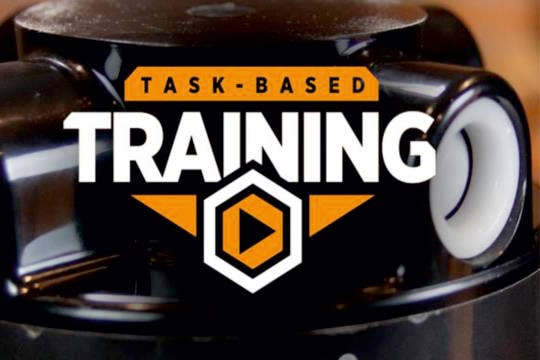 What is a desiccant breather?
What is a desiccant breather?
Desiccant breathers are used to dehumidify incoming air and the headspace of equipment, while also restricting the ingression of small particulates.
Why use a desiccant breather?
Many machine failure modes are associated with contaminants that breathers help to control. Most equipment comes equipped with a breather that is not sufficient. These OEM breathers will do little to nothing to reduce the ingress of particles and moisture, and they need to be replaced with something better.
Why inspect a desiccant breather?
These breathers eventually go bad — they aren’t intended to last forever. They become saturated with moisture and lose their effectiveness; they can become clogged, restricting airflow and preventing the machine from breathing. If we’re doing inspections well, we can have early warning signs of impending machine problems.
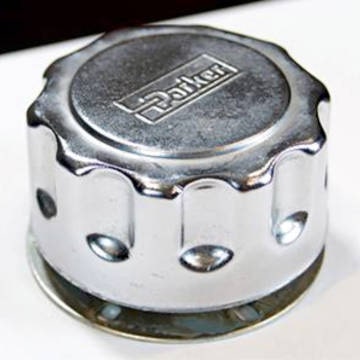
What are some of the styles of breathers?
The OEM breather will likely look something like this:
These do very little in terms of contaminant restriction — they do nothing for moisture and only prevent the ingression of very large particles; we are more concerned with fine particles.
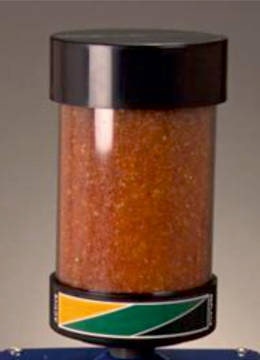
Next, we have passive-style breathers. In this sense, passive means the breather is open and breathing at all times: it will allow air in and out, and it is cleaning and dehumidifying the entire time.
Next are check valve breathers. Unlike the passive, open-all-the-time breathers, these breathers feature check valves that keep the breather sealed until it needs to breathe.
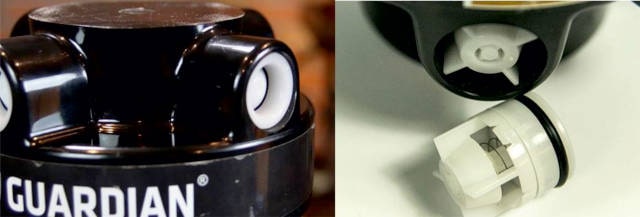
Figure 3: Check valves.
This style of breather also comes equipped with a pressure gauge that indicates if the breather is clogged.
Where are breathers installed?
Desiccant breathers are for headspace management, so they’re used on sumps and reservoirs. Criticality is also a factor when selecting where breathers are installed. A less critical piece of equipment, one that is relatively cheap and replaceable, may be fine to operate with the OEM breather. For more critical pieces of equipment that are smaller, passive breathers should work. For large critical equipment, a large check valve breather is recommended.
How do breathers function?
Breathers move air into or out of the machine, cleaning it of particulates and moisture during the process. Depending on the style of breather, air will enter either from the bottom up or the top down. For a more complete understanding of the functionality of your breather, you can refer to the manual; there, information should be available regarding your breather’s flow direction.
When should breathers be changed?
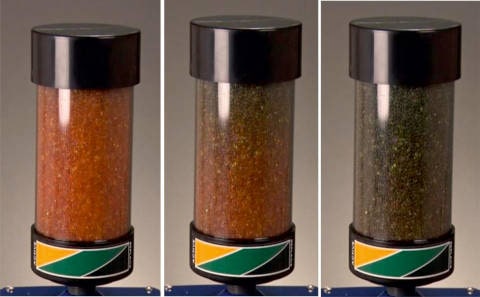
The first and most obvious indicator that a breather needs to be replaced is a change in the colour of the breather media. During its service, the media will change from one colour to another. The desiccant media of most breathers is visible, often accompanied by a colour scale indicating the remaining useful life of the breather.
Additionally, you can refer to the installation date. Colour change is indicative only of moisture removal; because they also handle particulates, breathers can become clogged — an issue undetectable through colour inspection: this is where the pressure gauge comes in handy.

Another obvious indication that a filter needs to be changed is signs of damage. Any indication that the filter is damaged (worn threads, cracked casing) should prompt swift replacement.
Who performs inspection tasks?
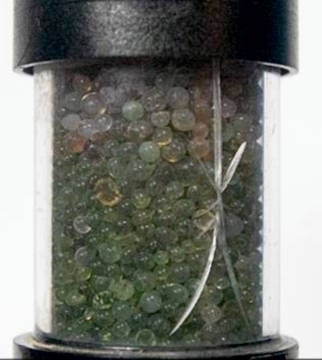
The role of inspector is dependent on your industry and the way in which you developed or structured your maintenance program. Large-scale programs will have dedicated lubrication teams; in this scenario, the job is the responsibility of the lube tech(s). On a smaller scale, the general maintenance team would claim responsibility.
Inspecting a desiccant breather
Step 1: Clean the outside of the breather with a lint-free industrial towel.
Step 2: Inspect the outside of the breather for any damage. Ensure the entire assembly is tightly attached to the connection.
Step 3: Report any abnormal conditions.
Step 4: Check the vacuum service indicator. Locate the danger zone (red) and the normal zone (green). If the indicator has reached the red zone, the particle filter is clogged, and the breather must be changed. If the breather is not clogged, it may continue to work, depending on the desiccant condition.
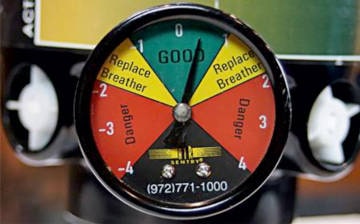
Step 5: Observe the desiccant for colour changes. The colour may vary depending on the manufacturer. Refer to the visual colour-change label attached to the breather for specific indications about the desiccant saturation.
Step 6: Determine and report if the breather must be changed. Additionally, report any further abnormalities. Finally, collect all the tools used, and dispose of any consumables used for the procedure.
Key Takeaways
- Ensure the correct breather size. Premature colour change can be an indication of a breather that is too small. Conversely, if the breather is lasting too long, you may begin to experience functionality issues.
- Check breather operations regularly.
- Watch for oil misting.
- Know the direction of your breather’s exhaust flow.
